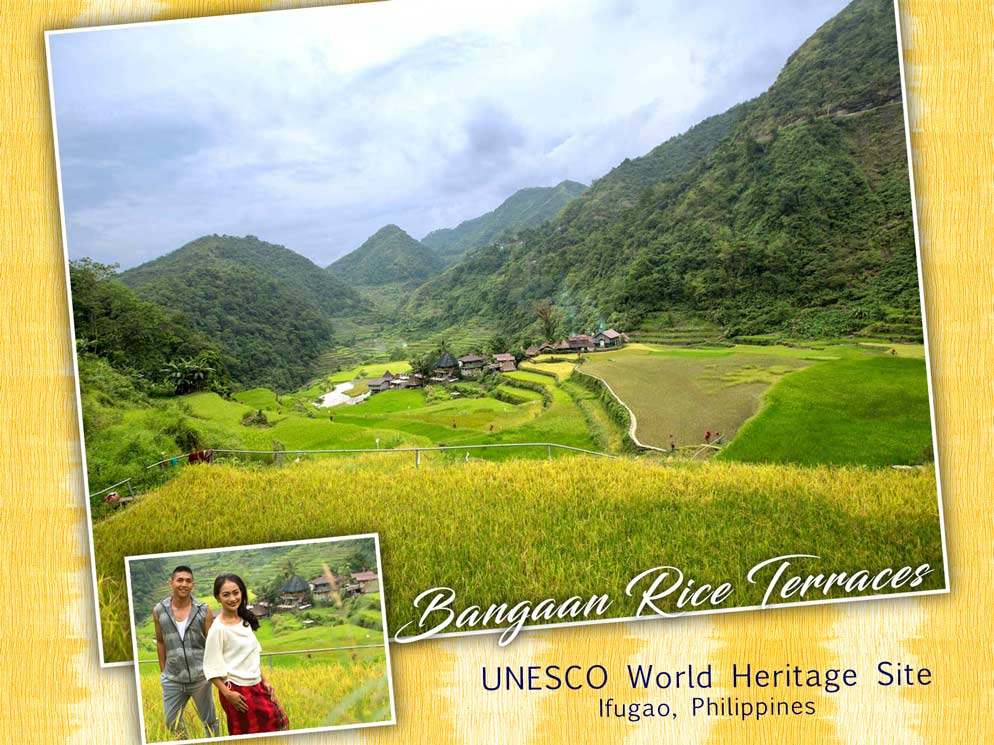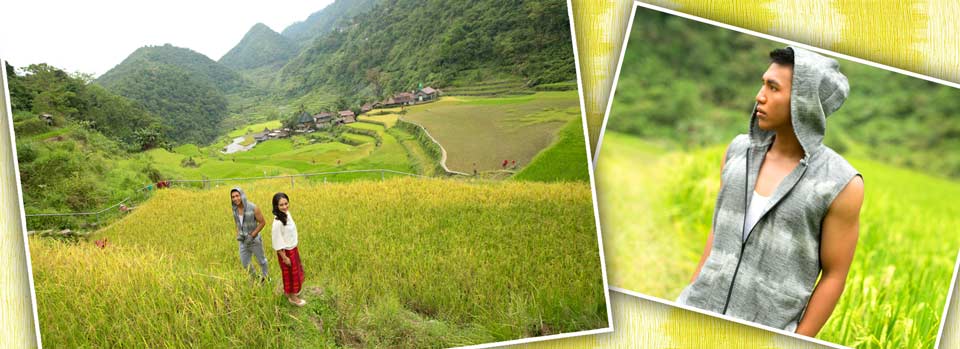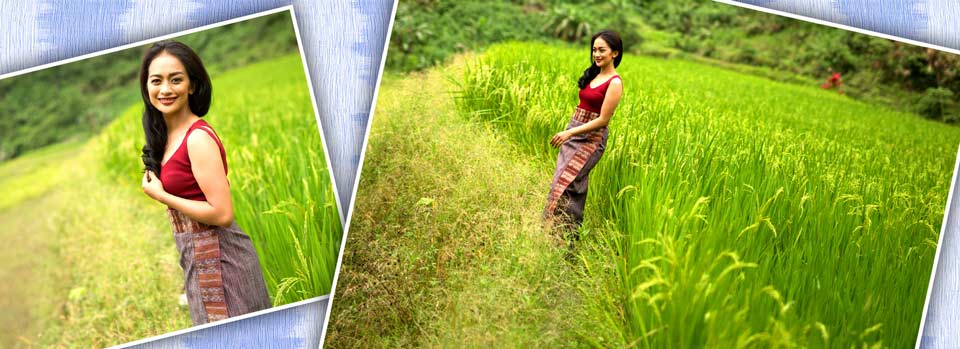
Bangaan rice terraces is the most accessible among the five Rice Terraces of the Philippine Cordilleras UNESCO World Heritage Site. But in the 80’s, Bangaan was only accessible from Banaue via a tricycle through single lane of mud and rock road which had more holes than a Swiss cheese. There were a a few jeepneys that ply the Mayoyao route but overloaded with baggage, livestock and people. It puts a Chinese bicycle circus act to shame. It was fun to watch Caucasian travelers enjoying the top load ride. That road is now a wide multi-lane cemented highway going north to Mayoyao.

Like all the other Ifugao Rice Terraces Villages, Bangaan is a small and charming farming community below the junction to Batad. There’s a longer but more scenic route to Batad across the the path down to the village. Bangaan is less than an hour away from Banaue. But then, it took between more than an hour to uncertainty depending on road conditions. The village is less than an hour walk down from the highway. As you pass the last group of houses below the highway to the open fields, you’re treated to an unobstructed view of the wonder and the village at the basin. But at the curve towards the long paddy trail entrance to the village, there’s a metal railing that’s been there forever. Helpful but you wish it’s not there to ruin the view. At the center of the village is the quaint St Anthony’s Church surrounded by less than three dozen houses, mostly native huts with a few houses that flags someone worked abroad in the house hold. As most Cordilleran villages, Bangaan indigenous people merges Christian beliefs with traditional rituals. Farm cycle dictates the seasonal pattern of village life and it’s native rituals.

Cottages are available for rent if you want to immerse yourself in the village and not just pass for a selfie with the scenic place. There are kitchenettes to order food from, but it’s advisable to order ahead specially if you’re staying for more than just one meal. There are also souvenir shops which are usually just displayed handcrafted native apparel, accessories, basketry, woodcarvings, and silversmith products handmade by local craftsmen. Observe how the villagers live, the dynamics of the elders with tourism as contrasted with how the younger generations embrace tourism.
